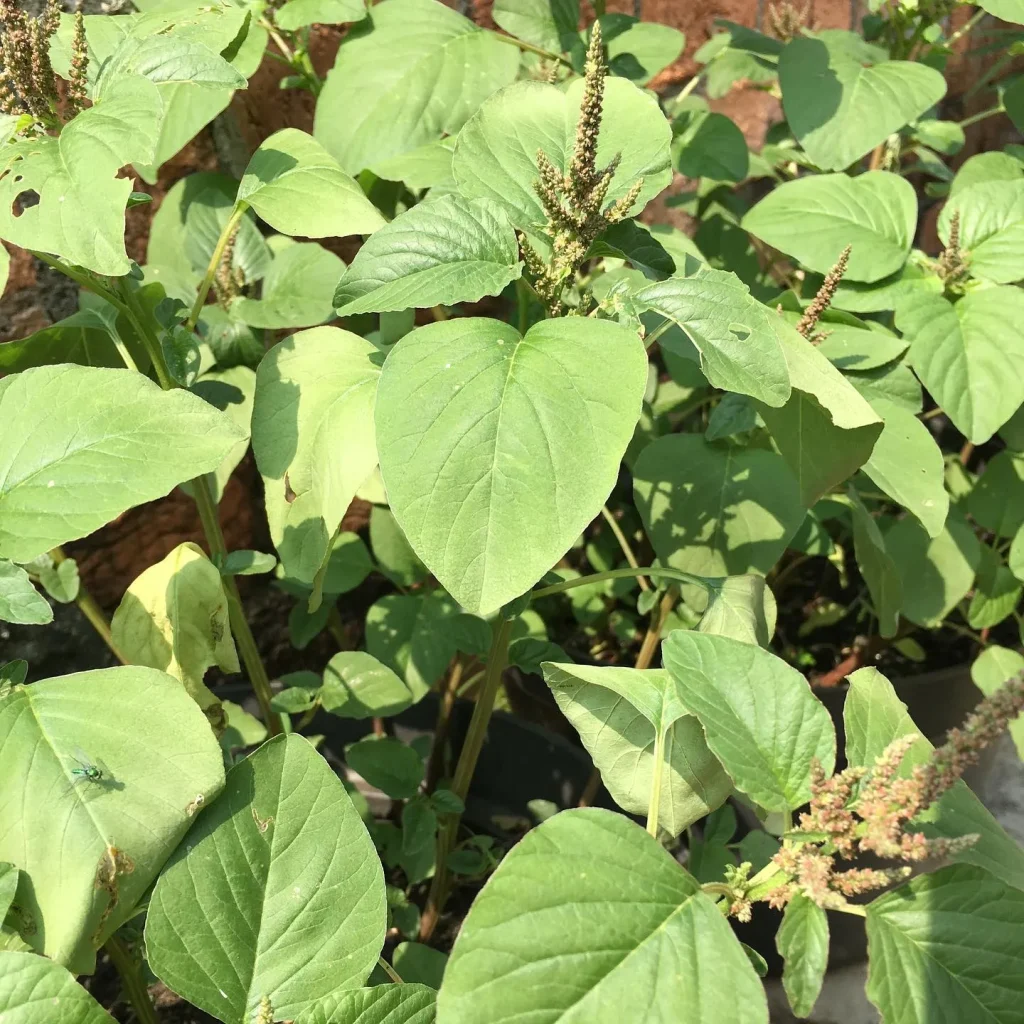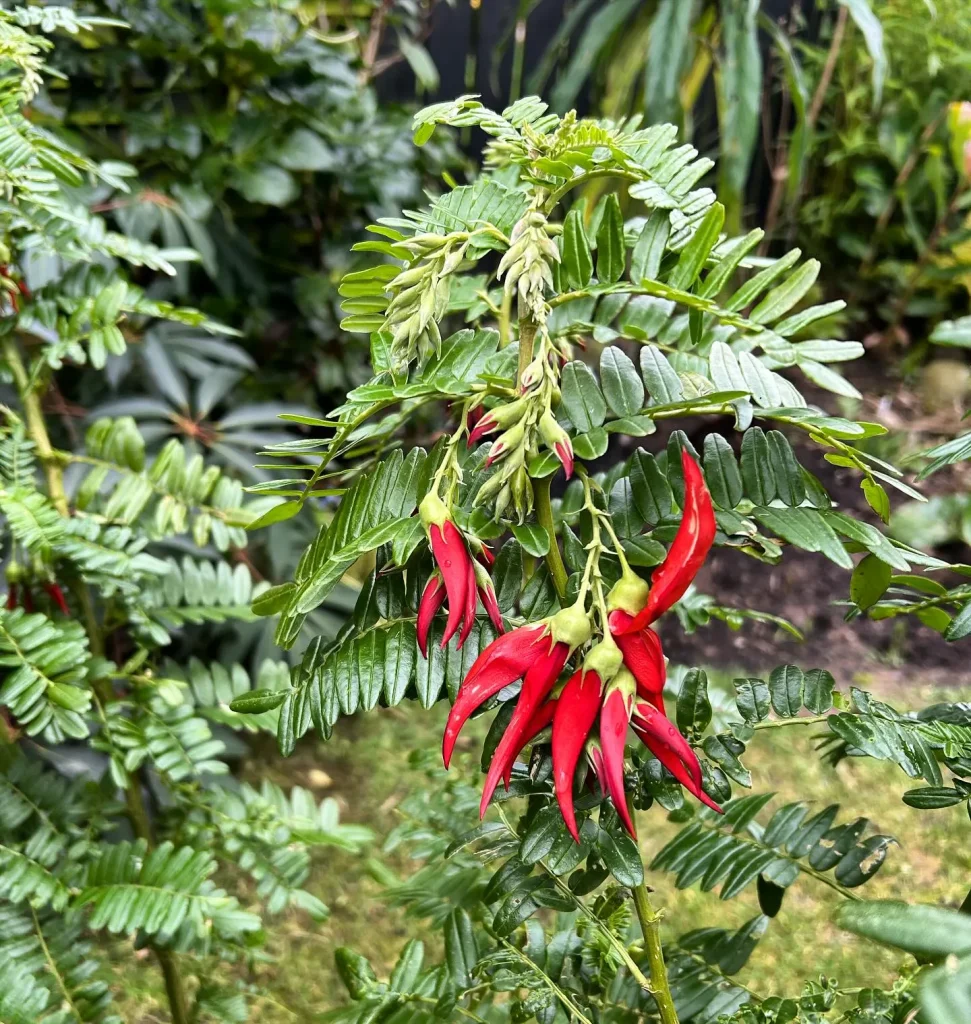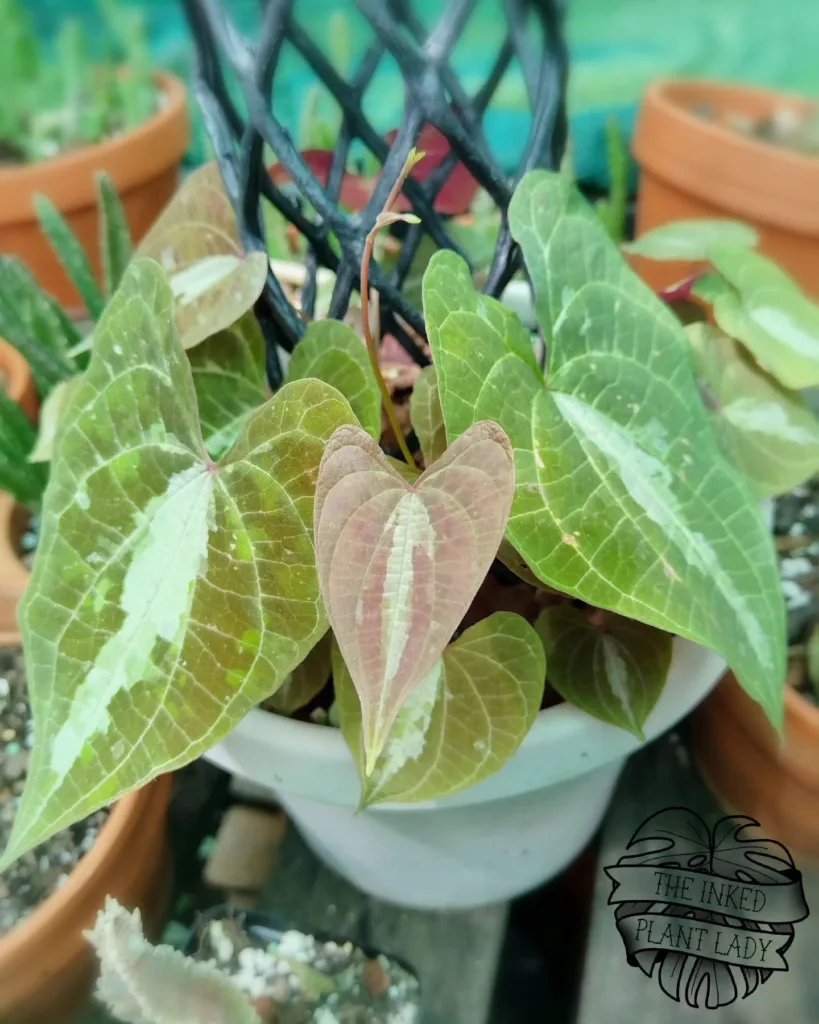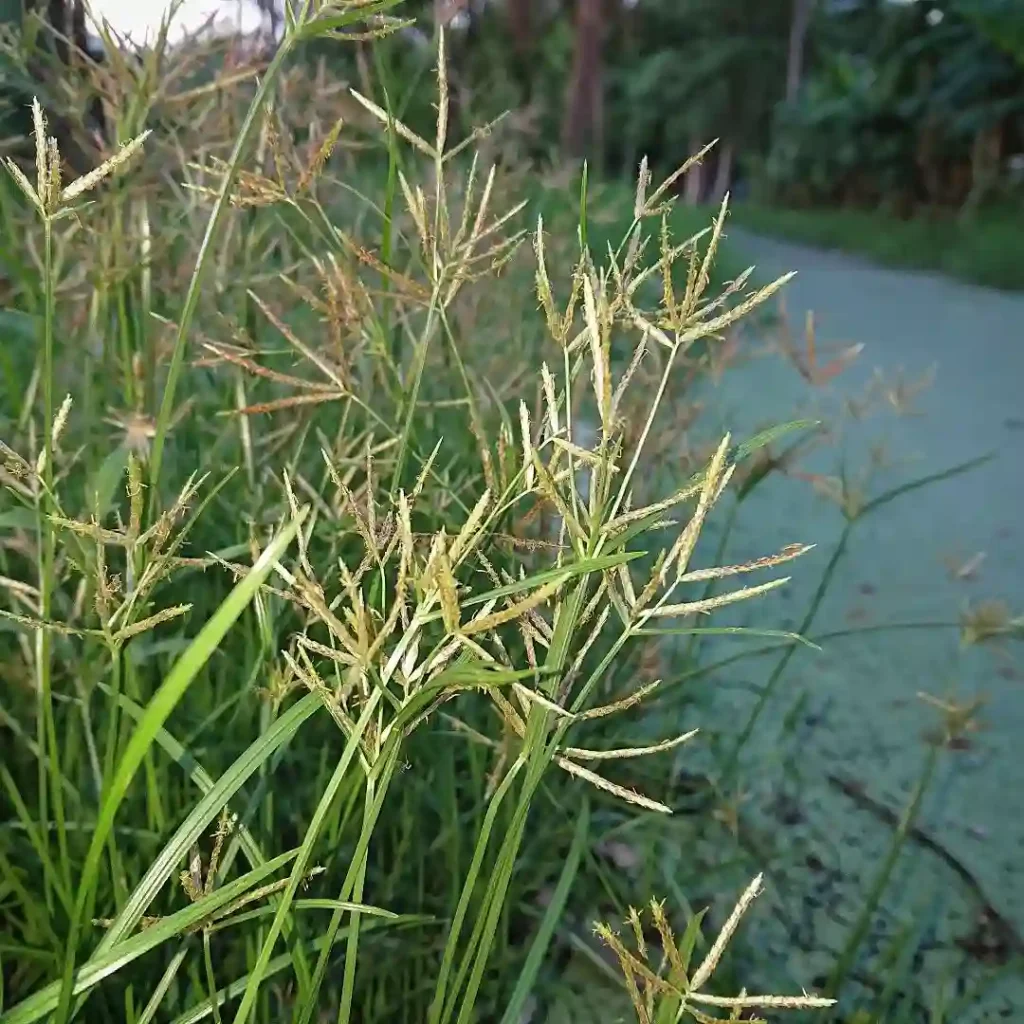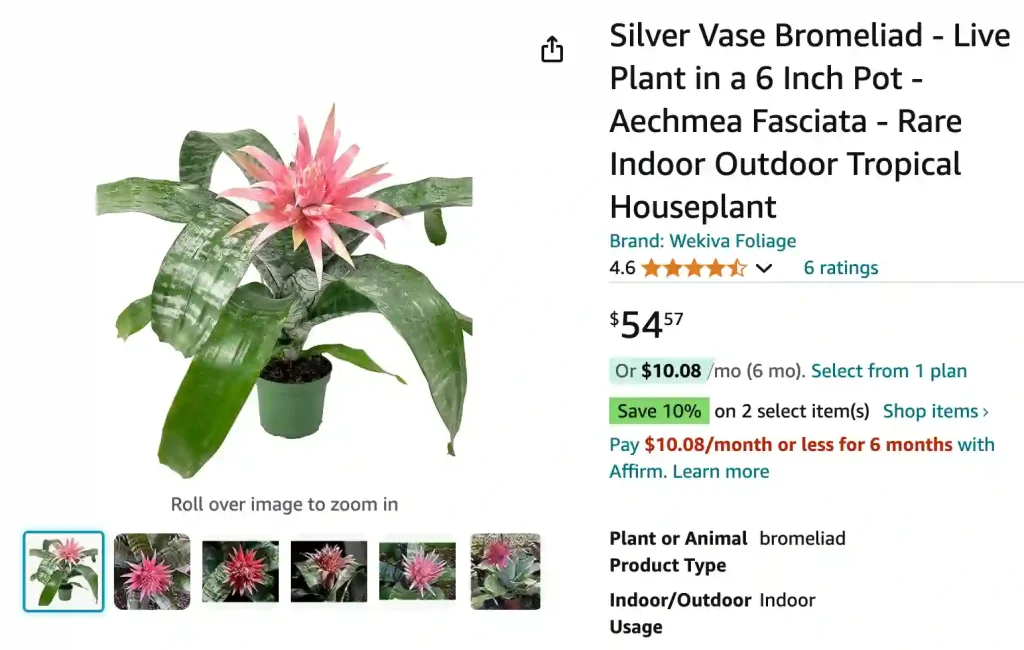
FAQs About Aechmea Fasciata: A Personal Guide
Aechmea Fasciata, commonly known as the Silver Vase Plant or Urn Plant, is a popular houseplant admired for its striking appearance and relatively easy care. Over the years, I’ve had the pleasure of growing and caring for Aechmea Fasciata, and I’ve learned quite a bit through my own experience. In this article, I’ll answer some of the most frequently asked questions about this beautiful plant, provide tips for care, and share some insights I’ve gathered along the way.
252 Species in Genus Aechmea
Are Aechmea Fasciata Hardy?
Aechmea Fasciata are relatively hardy plants, but they are best suited to specific conditions. In my experience, they thrive in temperatures between 60-80°F (15-27°C). These plants are native to the tropical regions of Brazil, which means they prefer warm and humid environments. They can tolerate short periods of lower temperatures, but anything below 50°F (10°C) can cause damage. Aechmea Fasciata is not frost-hardy, so it’s crucial to protect them from cold drafts and frost during the winter months.
Can Aechmea Fasciata Be Planted Outside?
Yes, Aechmea Fasciata can be planted outside, but this depends largely on your local climate. In tropical and subtropical regions, they can be grown outdoors year-round. I’ve found that they do well in shaded areas, such as under trees or in spots with filtered light. However, if you live in a region with colder winters, it’s best to keep them in pots and bring them indoors when temperatures drop. Ensure they are not exposed to direct sunlight for prolonged periods, as this can scorch their leaves.
How Tall Does Aechmea Fasciata Get?
Aechmea Fasciata typically grows to a height of about 18-24 inches (45-60 cm). The plant features a rosette of thick, arching leaves that can spread up to 24 inches wide. The central flower spike, which is the plant’s main attraction, rises above the foliage and can reach up to 12-18 inches tall. In my experience, the height can vary slightly depending on the growing conditions, such as light and water availability.
How to Water Aechmea Fasciata?
Watering Aechmea Fasciata can be a bit different from other houseplants. They are epiphytes, which means they naturally grow on other plants and absorb water through their leaves. Here’s what I do: I fill the central cup or vase of the plant with water and change it every couple of weeks to prevent stagnation and bacterial growth. The soil should be kept moderately moist, but not soggy. I let the top inch of soil dry out before watering again. Overwatering can lead to root rot, so it’s essential to strike a balance.
How Do You Take Care of Aechmea Fasciata?
Taking care of Aechmea Fasciata is relatively straightforward. They thrive in bright, indirect light. Direct sunlight can be too harsh and may cause the leaves to burn. I place mine near a window where they receive filtered light. Humidity is also important; they prefer a humid environment, so I mist the leaves occasionally or use a humidifier. Fertilizing every couple of months during the growing season with a diluted, balanced fertilizer keeps them healthy. I’ve found that they don’t require frequent repotting, as they grow relatively slowly.
Can You Grow Aechmea Fasciata Indoors?
Absolutely! Aechmea Fasciata makes an excellent indoor plant. Its striking foliage and unique flower spike add a touch of the tropics to any room. I’ve had great success growing them indoors, provided they get enough light and humidity. They are relatively low-maintenance and can adapt well to indoor conditions. Just ensure they are not placed in dark corners, as insufficient light can affect their growth and flowering.
Where to Buy Aechmea Fasciata?
Finding Aechmea Fasciata isn’t too difficult. You can purchase them from local nurseries, garden centers, or plant shops. I’ve also seen them available online from various plant retailers. When buying online, make sure to choose a reputable seller to ensure you receive a healthy plant. Checking reviews and ratings can help with this.
How to Propagate Aechmea Fasciata?
Propagating Aechmea Fasciata is quite straightforward. They produce offsets or “pups” around the base of the mother plant. Once these pups are about one-third the size of the parent, they can be carefully separated and potted individually. I usually use a clean, sharp knife to cut the pup away, ensuring some roots are attached. Plant the pup in a well-draining potting mix, and water sparingly until it’s established.
What to Plant with Aechmea Fasciata?
When it comes to companion planting, I like to pair Aechmea Fasciata with other tropical plants that have similar care requirements. Plants like Philodendrons, Ferns, and Peace Lilies make great companions. They share similar light and moisture needs, creating a cohesive look. I often place these plants together in a grouping, which helps maintain a consistent humidity level around them.
Is Aechmea Fasciata Toxic?
Aechmea Fasciata is generally considered non-toxic to humans and pets. However, it’s always best to keep plants out of reach of curious pets and children to avoid any potential issues. While not toxic, the plant’s leaves can be slightly irritating to the skin, so handling them with care is advised.
Common Problems with Aechmea Fasciata
Aechmea Fasciata is relatively hardy, but like all plants, it can face some common problems. Overwatering can lead to root rot, while underwatering can cause the leaves to dry out. Pests such as scale and mealybugs can occasionally be an issue, but I’ve found that regular inspection and wiping down the leaves can keep pests at bay. Ensuring proper air circulation and avoiding water sitting in the plant’s central cup for too long can prevent many of these issues.
Benefits of Growing Aechmea Fasciata
One of the main benefits of growing Aechmea Fasciata is its striking visual appeal. The bright pink flower spike, surrounded by silvery-green leaves, makes a bold statement. Additionally, this plant is relatively low-maintenance, making it a great choice for both novice and experienced gardeners. It also helps improve indoor air quality, which is always a plus.
In conclusion, Aechmea Fasciata is a fantastic plant that brings a touch of tropical beauty to any space. With the right care, it can thrive and brighten up your home or garden for years to come.
If i die, water my plants!
